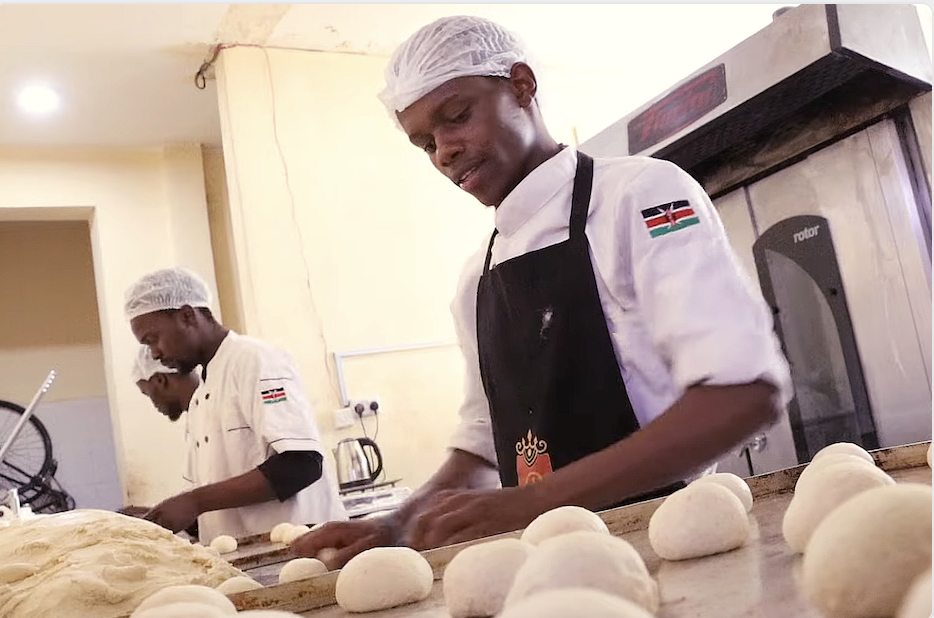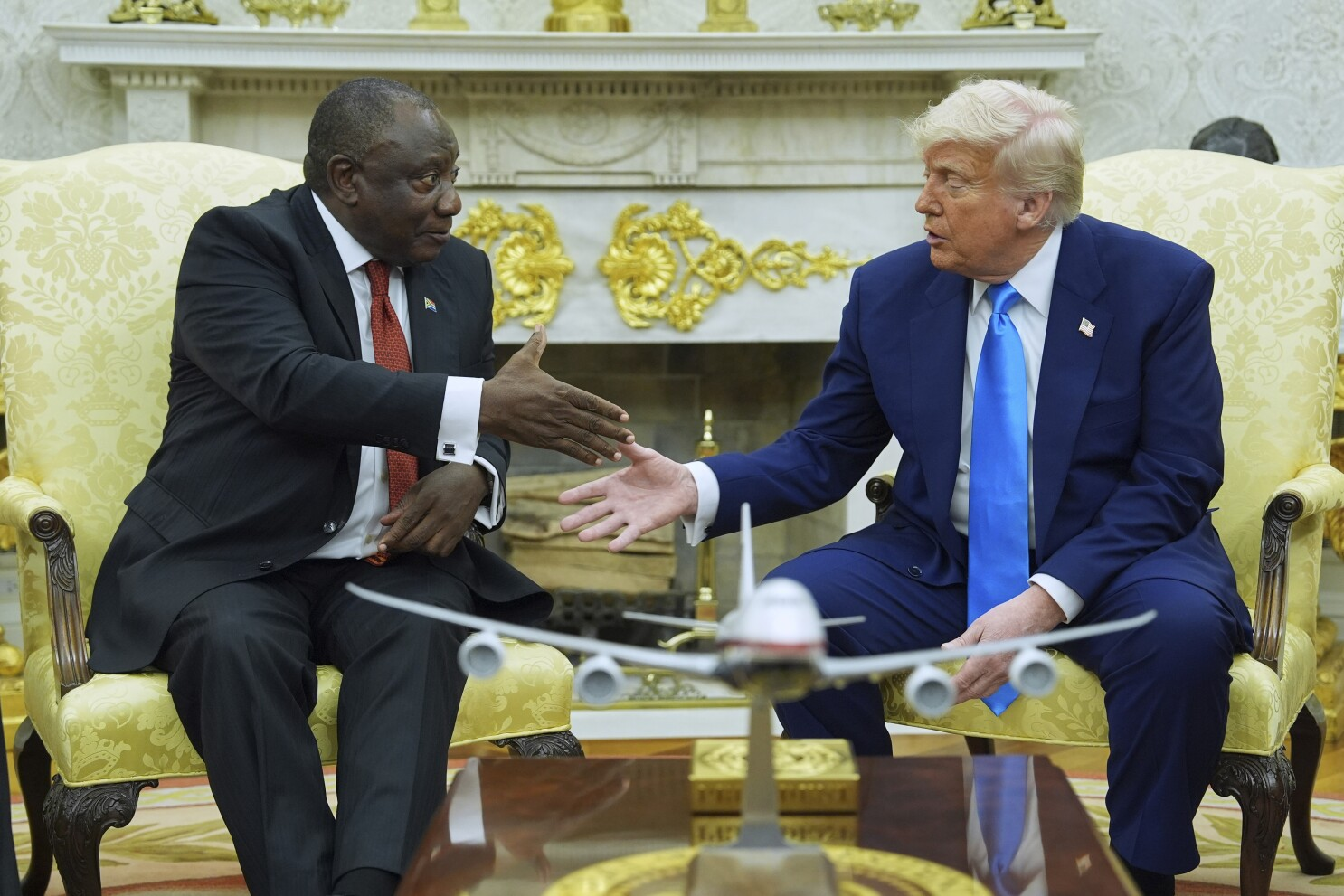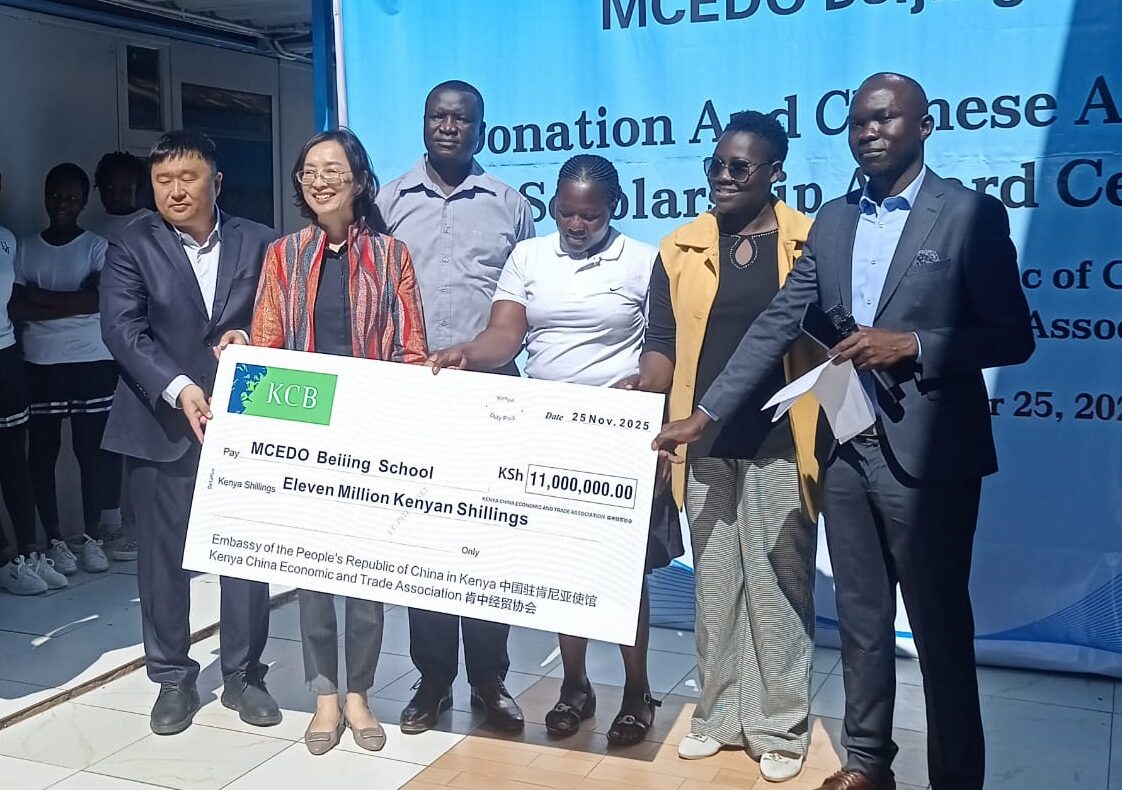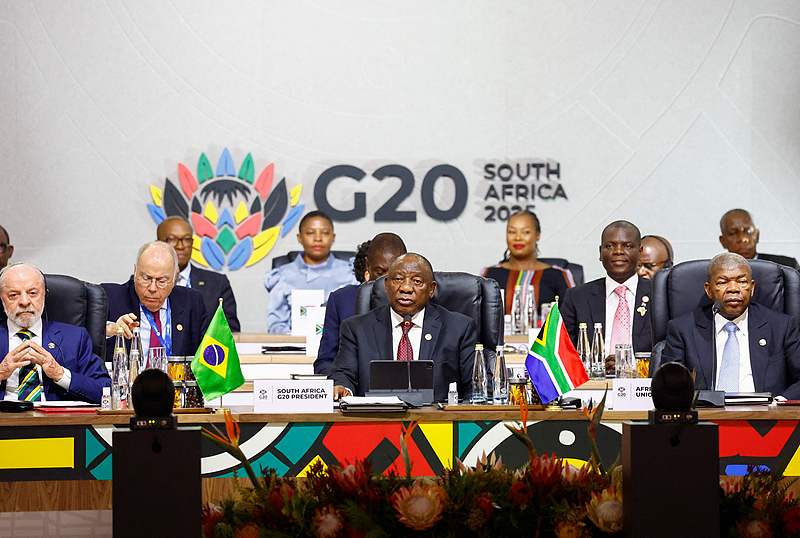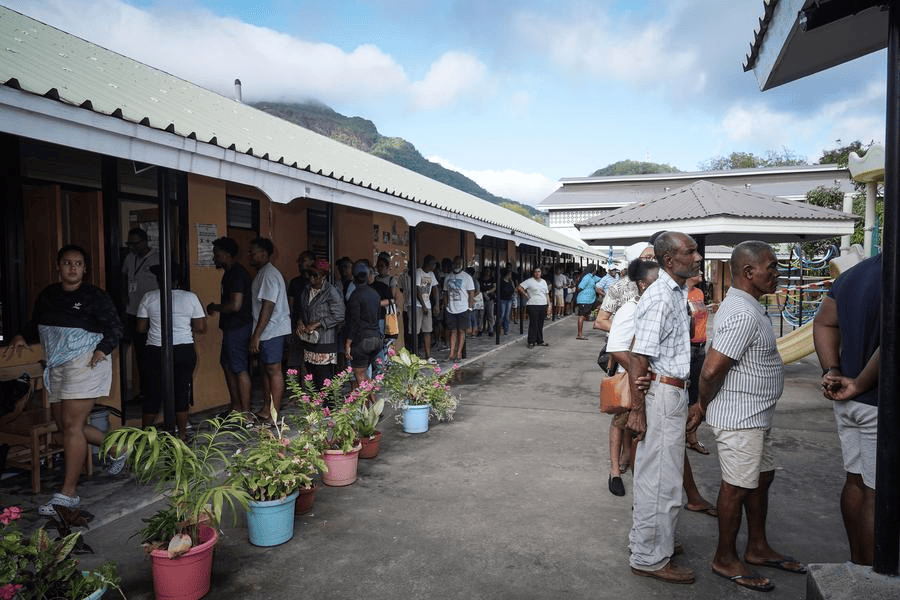
Polls open in Seychelles presidential runoff
The people of the Seychelles, an Indian Ocean archipelago of 115 islands, went to the polls on Saturday, October 11, 2025, in a tight presidential runoff election.
The contest pits incumbent President Wavel Ramkalawan against opposition challenger Patrick Herminie, whose United Seychelles (US) party is attempting to reclaim the presidency after dominating the country’s politics for over four decades, from 1977 to 2020.
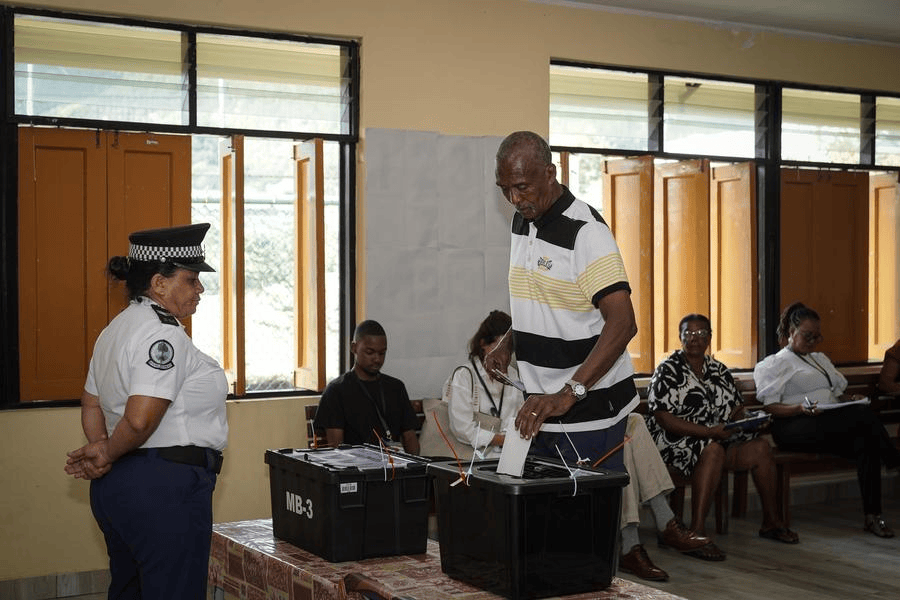
First-round results and parliamentary shift
The runoff became necessary after no candidate secured the required simple majority (more than 50 percent) in the first round of voting two weeks prior. Official results showed Herminie, of the United Seychelles party, narrowly leading with 30,736 votes (48.83 percent), while President Ramkalawan, of the governing Linyon Demokratik Seselwa (LDS) party, received 29,230 votes (46.44 percent). The total number of certified voters eligible to participate in the general election was over 77,000.
Notably, Herminie’s United Seychelles party achieved a significant victory in the parliamentary election held concurrently, securing a majority of seats in the National Assembly. This result sets the stage for a potentially divided government should Ramkalawan win the presidency.
Critical issues shaping the runoff race
The election is widely regarded as a tight race, with both candidates focusing their campaigns on key domestic concerns in the tourism-dependent nation.
Economic Inequality and Social Issues: Despite being widely regarded as Africa’s richest country by Gross Domestic Product (GDP) per capita, the wealth is not evenly distributed. The nation’s nominal GDP per capita is projected to be around $21,630 in 2025. Economic proposals from Herminie’s party include lowering the retirement age, reducing bus fares by 40 percent, and increasing social security benefits.
The Heroin Addiction Crisis: The country faces a significant crisis fueled by heroin use. The 2023 Global Organized Crime Index reported that Seychelles has one of the world’s highest per-capita rates of heroin addiction. Addressing this social and public health challenge has been a major campaign issue.
Climate Change Vulnerability: As a low-lying island nation, the Seychelles is highly vulnerable to the long-term impacts of climate change, particularly rising sea levels.
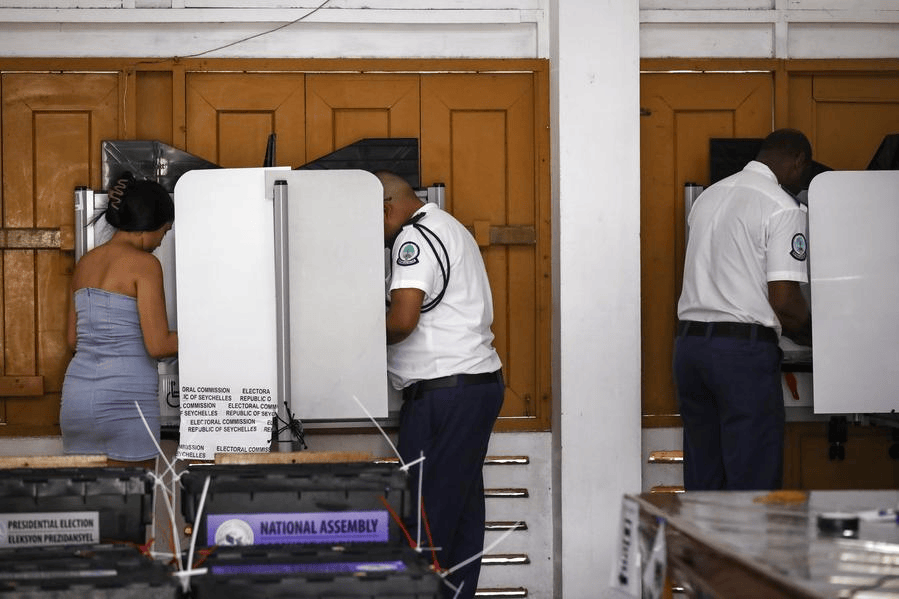
While early voting for the runoff began on October 9 for residents on the outlying islands and essential workers, the majority of Seychellois cast their ballots on Saturday. Polling stations opened shortly after 7 a.m. local time, and the results of this closely watched election are expected on Sunday. Ramkalawan is seeking a second five-year term, while Herminie is aiming to restore his party’s control over the executive branch.
Under the Constitution of Seychelles, the presidential term is five years. A candidate who secures more than half of the votes in the first round is declared the winner. If no candidate achieves this majority, the two leading contenders advance to a second round of voting.
Members of the National Assembly, the country’s unicameral legislature, serve a five-year term. The assembly has up to 35 members, including 26 directly elected representatives and nine selected through proportional representation.
(With input from wires)


